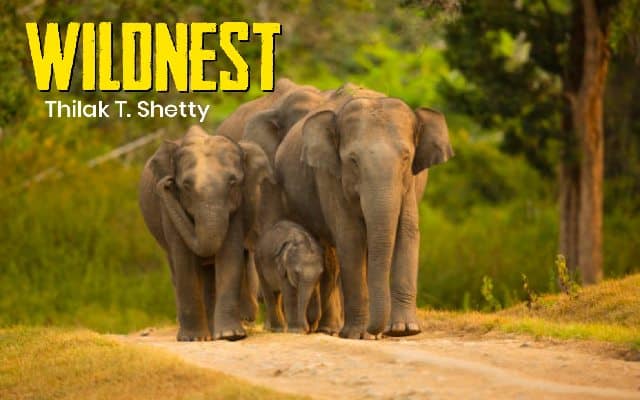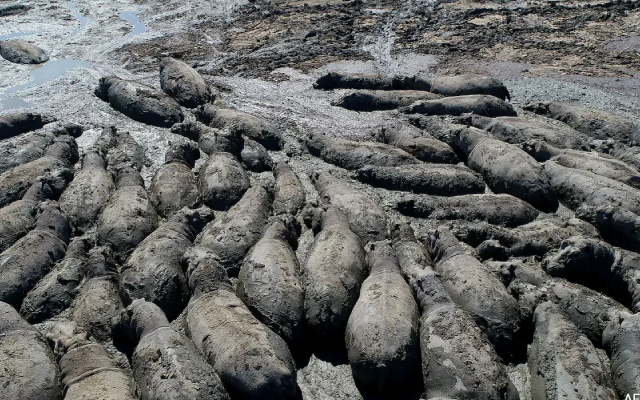India is the one of the megadiverse countries of the world. Being home to many species from Asiatic Lions, Bengal Tigers to large herbivores such as the Asian elephant, today, the intimate connection of India with its wildlife seems to have been lost as it is increasingly being sacrificed for the sake of development of the economy. This shifting narrative about India’s wildlife can be perfectly described by the current situation of Asian Elephants.
Elephants have enjoyed a special place in India’s culture and tradition. They were used as a means of transport for the royalties and to fight battles. Most important, however, is the status of the Elephant as a deity in the form of Lord Ganesha.
Asian Elephants are the continent’s largest terrestrial mammals. They are 6.4m in length and 3m at the shoulder and weighs as much as 5 tonnes. They are smaller than African Elephants and have small ears. They also have a single finger on the upper lip of their trunks. Their skin ranges from dark grey to brown, with patches of pink on the forehead, the ears, the base of the trunk and the chest.
There are three subspecies of Asian Elephants – The Indian, Sumatran and Sri Lankan. Among this the Sri Lankan is physically the largest of the subspecies, and also the darkest in colour. The Sumatran is the smallest.
Female Elephants are more social than males. Males usually live alone but sometimes form small groups with other males. Female Elephants may give birth to a calf every 2.5 – 4 years. Each calf weights between 50 – 150 kgs. After several months, the calf begins to eat grass and foliage. However, it stays under the supervision of its mother for several years, it starts to make its first independent moves when it is around 4 years old.
Both males and females may become sexually mature as early as 9, but males do not usually starts sexual activity until they are 14 or 15. And even then they are not capable of the social dominance that is usually necessary for successful reproductive activity, especially as most Elephants only reach their full size at about 17 years of age.
The Elephants need to eat an average of 150 kgs of food per day to survive. They can spend more than two thirds of each day feeding on grasses. They also devour large amounts of bark, roots, leaves and stems. They need to drink water at least once a day so they are always close to a source of fresh water.
More than 100,000 Asian Elephants may have existed at the start of the 20th century, but numbers have fallen by at least 50% over the last three generations, and they are still in decline today. Elephants used to roam across most of Asia, but now they are restricted to just few percent’s of their original range.
In many cultures Elephants represent strength, power, wisdom, leadership, sociability and loyalty.
Africa, in particular, contains many rock paintings and engravings of the animals, especially in the Sahara and Southern Africa. In Asia, the animals are depicted as motifs in Hindu and Buddhist shrines and temples.
Elephants have been the subject of religious beliefs. The Mbuti people of Central Africa believe that the souls of their dead ancestors resided in Elephants. Similar ideas existed among other African societies, who believed that their chiefs would be reincarnated as Elephants.
In Hinduism, they are linked with thunderstorms as Airavata, the father of all Elephants. One of the most important Hindu deities, the Elephant-headed Ganesha, is ranked with supreme Gods Shiva, Vishnu and Brahma.
In Buddhism, Buddha is said to have been a white Elephant reincarnated as human.
In Islamic tradition, the year 570 when Muhammad was born is known as the Year of the Elephant.
As characters, Elephants are most common in children’s stories. Many stories tell of isolated young Elephants returning to a close community, such as ‘The Elephant’s child’ from Rudyard Kipling’s Just so Stories.
Disney’s Dumbo, Kathryn and Byron ‘The Saggy- Baggy Elephant are some of the references.

















